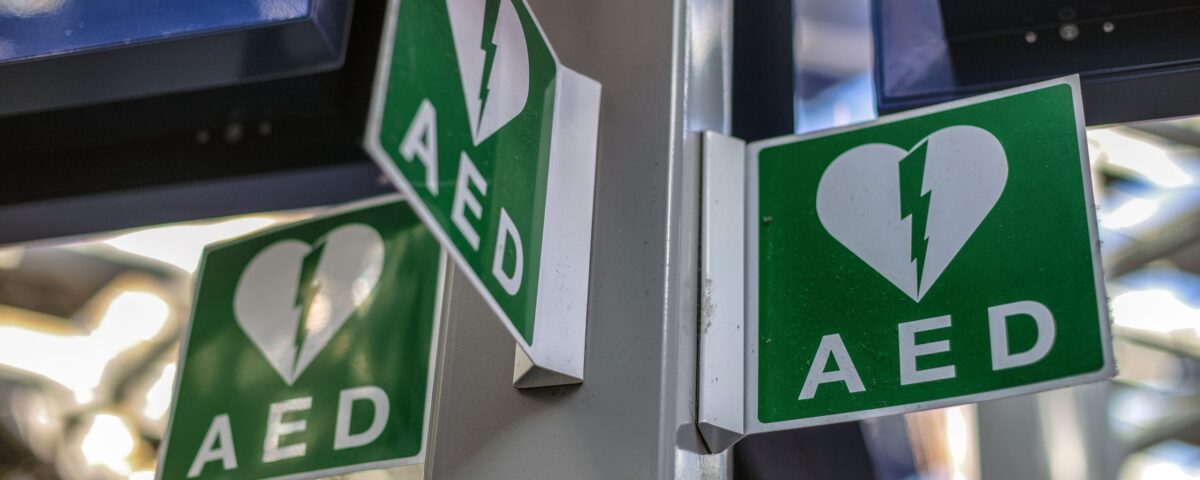- Have any questions?
- 412-123-4567
- noreply@upmc.com
The Importance of Registering Your AEDs

Automated external defibrillators (AEDs) are portable devices that can shock a person’s heart back into normal rhythm during cardiac arrest. They are available in many public places, usually in highly visible, easy-to-access areas, such as by elevators, in lobbies, or near kitchens and bathrooms in office buildings.
In the event of a cardiac arrest, knowing where the nearest AED is located can help save lives. AED registries are databases that keep track of AEDs located within a specific geographic area, like the City of Pittsburgh.
What is an AED Registry?
AED registries receive information from ordinary citizens, medical professionals, and government personnel. The locations are verified and given a tracking label. The tracking label allows 911 professionals and emergency responders to see where the nearest AED is located, boosting the chances of a cardiac arrest survival.
Register an AED within your area.
PulsePoint® AED App
In addition to registering an AED, you can also download and use the PulsePoint® AED app. This app allows citizens to see on their smartphone where the nearest registered AED is located in the event of a cardiac arrest situation. Citizens also can register AEDs throughout their community. The app is available for iPhone and Android and can be downloaded from the iTunes Store, Google Play, or by visiting https://www.pulsepoint.org/download/.
Emergencies can take many forms and occur at any time. You never know when you might find yourself at the scene of a fire, accident, sudden cardiac arrest, overdose, or other crisis situation.
Sources: https://www.pulsepoint.org/, https://aedregistry.pulsepoint.org/index.php



